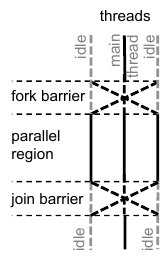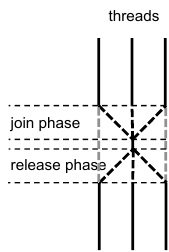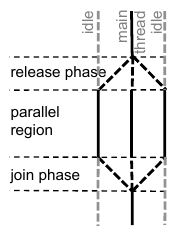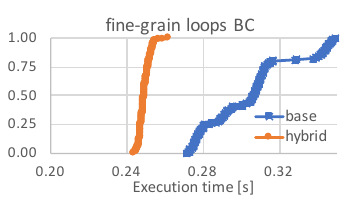17 June 2021
Abstract:
Large graphs are behind many problems in today’s computing landscape. The
growing sizes of such graphs, reaching 70 trillion edges recently, require
unprecedented amounts of compute power, storage, and energy. In this talk, we
illustrate how to effectively process such extreme-scale graphs. We will first
discuss Slim Graph, the first approach for practical lossy graph compression,
that facilitates high-performance approximate graph processing, storage, and
analytics with strong theoretical guarantees on accuracy, for a broad set of
graph problems and algorithms. In the second part of the talk, we will focus on
a class of complex graph mining problems such as clique listing. Here, we first
show how to solve such problems on complex parallel architectures in a simple
and high-performance way. For this, we propose a novel set-centric paradigm,
where complex algorithms are broken down into simple set algebra building
blocks such as set intersection or union, which can be separately optimized,
executed, and scheduled. Moreover, after discussing how to effectively and
efficiently mine complex graph patterns, we will turn our attention to pattern
prediction. Specifically, we establish a general problem of motif prediction,
in which we generalize link prediction, one of central problems in graph
analytics, into predicting the arrival of arbitrary complex higher-order
structures called motifs. To solve motif prediction, we harness recent graph
neural network architectures.
Bio
Maciej is a researcher from Scalable Parallel Computing Lab at ETH Zurich. He works on large-scale irregular computations and high-performance networking. He received Best Paper awards and Best Student Paper awards at ACM/IEEE Supercomputing 2013, 2014, and 2019, at ACM HPDC 2015 and 2016, ACM Research Highlights 2018, and several further best paper nominations (ACM HPDC 2014, ACM FPGA 2019, and ACM/IEEE Supercomputing 2019). He won, among others, the competition for the Best Student of Poland (2012), the first Google Fellowship in Parallel Computing (2013), and the ACM/IEEE-CS George Michael HPC Fellowship (2015). More detailed information on a personal site: https://people.inf.ethz.ch/bestam/




